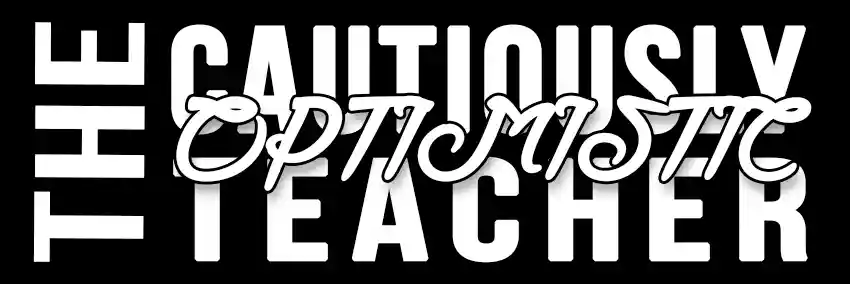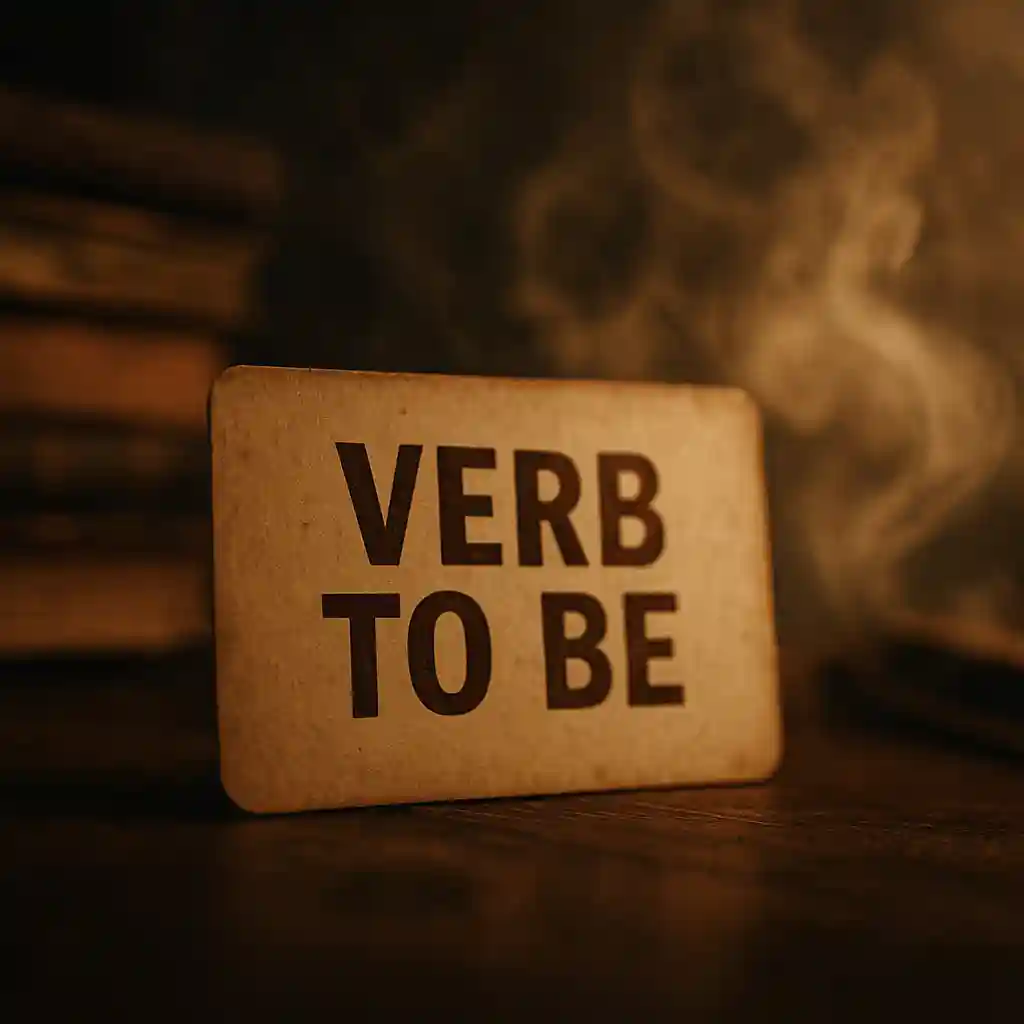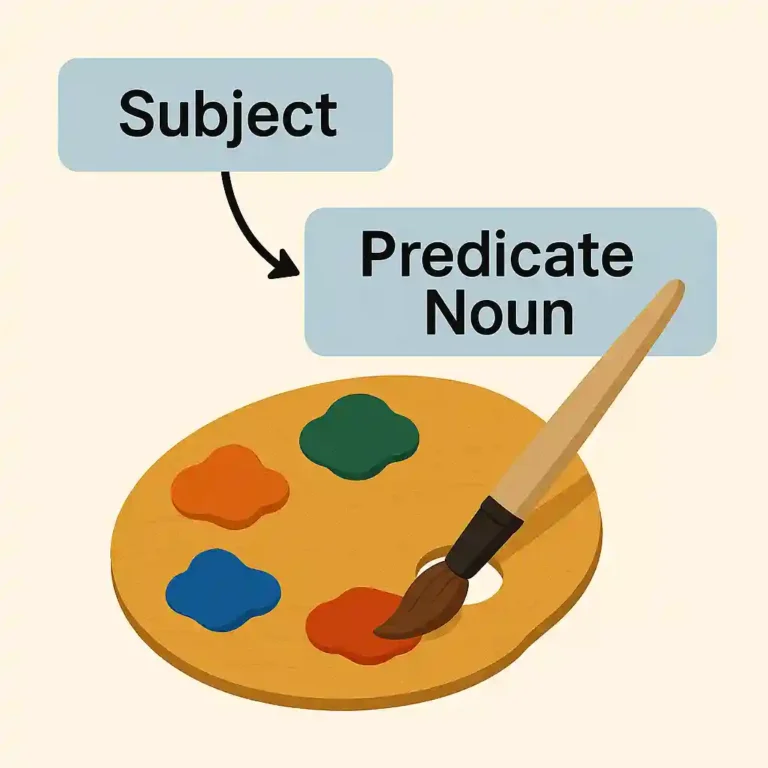Understanding the Verb “To Be”
Grammar Notes: Rules of the Verb “To Be”
The verb “to be” shows a state of being or existence.
It changes form depending on the subject and the tense.
✅ Present Simple Forms
| Subject | Form | Example |
|---|---|---|
| I | am | I am a teacher. |
| You | are | You are my friend. |
| He / She / It | is | She is happy. |
| We | are | We are students. |
| They | are | They are tired. |
✅ Past Simple Forms
| Subject | Form | Example |
|---|---|---|
| I / He / She / It | was | I was late. |
| You / We / They | were | They were at school. |
✅ Negative Forms
Present:
I am not tired.
You aren’t ready.
He isn’t here.
Past:
I wasn’t home yesterday.
They weren’t hungry.
✅ Question Forms
Present:
Am I late?
Are you okay?
Is she your teacher?
Past:
Was he there?
Were they happy?
💡 Tip: Use “to be” to describe states, feelings, occupations, and locations — not actions.
Practice Together
Complete the sentences with the correct form of the verb “to be.”
I ___ a student.
You ___ very tall.
She ___ my sister.
We ___ happy to be here.
They ___ late for class.
He ___ tired yesterday.
You ___ at the park last night.
It ___ very cold this morning.
Answer Key (Practice Together)
am
are
is
are
are
was
were
was
Practice Alone Worksheet
Below is the student worksheet PDF, followed by the teacher answer key PDF.
Student Worksheet
Teacher Answer Key
Conclusion
The verb to be may seem simple, but it’s one of the most important building blocks in English. It helps describe who we are, how we feel, and where things are—it’s the foundation for expressing states of being rather than actions. Mastering its forms in both present and past tenses allows students to write and speak with clarity and accuracy. Understanding when and how to use am, is, are, was, and were sets the stage for stronger grammar skills and more confident communication overall.







